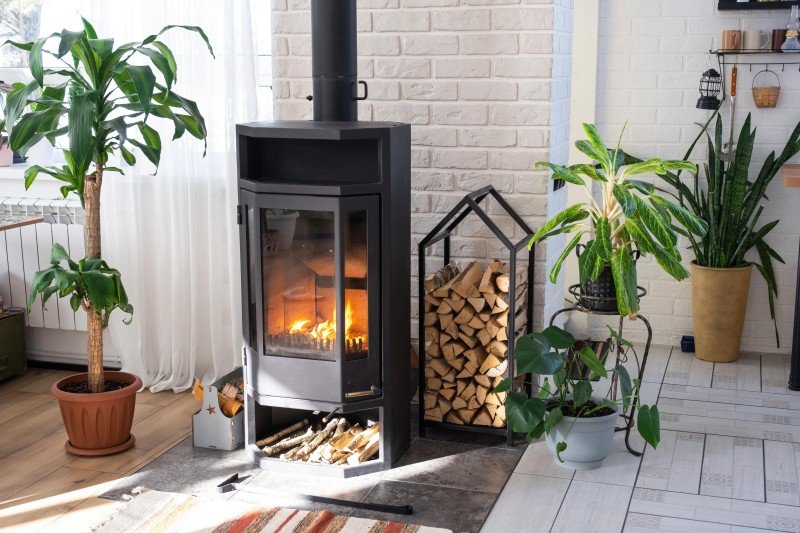Check Out What Fireplace Tricks Celebs Are Using
페이지 정보
작성자 Asa 댓글 0건 조회 191회 작성일 25-07-26 17:21본문
The Fireplace: A Warm Embrace of Tradition and Comfort
Fireplaces have been an important part of human habitation for centuries, working as a source of heat, a meeting place, and a symbol of comfort. While the modern variations might differ remarkably from their ancient forefathers, the allure of a fireplace sustains. This article explores the numerous aspects of fireplaces, including their history, function, types, and upkeep, while also dealing with frequently asked questions.
The Evolution of Fireplaces
Fireplaces go back to prehistoric times when open flames were used for cooking, heating, and protection from wildlife. Over the centuries, fireplaces developed from easy fire pits to the advanced renditions we see today. Here is a short timeline of their evolution:
- Prehistoric Era: Cavemen used open flames for heat and cooking. Wind and smoke often blew into dwellings.
- Middle Ages: Stone and brick fireplaces ended up being typical in homes and castles, incorporating chimneys to bring smoke outside.
- Renaissance: Elaborately designed mantels emerged, and fireplaces ended up being centers of social interaction.
- Industrial Revolution: Innovations in heating products caused a variety of styles and performances.
- Modern Era: The development of gas, electric, and bioethanol fireplaces offered cleaner options to traditional wood-burning systems.
Table 1: The Evolution of Fireplaces
| Era | Attributes |
|---|---|
| Ancient Era | Open flames for heat and cooking |
| Middle Ages | Stone and brick structures with early chimneys |
| Renaissance | Elaborate mantels, social centers |
| Industrial Revolution | Varied styles, development of brand-new materials |
| Modern Era | Gas, electric, and bioethanol alternatives |
The Purpose of a Fireplace
Fireplaces serve double functions: they provide physical warmth and create an emotional environment. Homeowners often collect around the fireplace to bond, share stories, and enjoy a cozy setting. The glow of a fire can be relaxing, adding to a sense of relaxation and intimacy. Beyond personal enjoyment, fireplaces also use practical benefits, consisting of:
- Home Heating: Effective heat source, particularly in colder climates.
- Increased Home Value: A properly designed fireplace can boost the visual value of a home.
- Emergency Heating: In case of power failures, wood-burning fireplaces can work as an important heat source.
- Aesthetic Appeal: A focal point that adds to interior decor.
Types of Fireplaces
Today, fireplaces are available in numerous styles and fuel types, accommodating a diverse variety of choices and settings. Here are some typical types:
Wood-Burning Fireplaces:
- Traditional fire pits
- Traditional Fireplace masonry fireplaces
- Require substantial upkeep and chimney upkeep
Gas Fireplaces:
- Available in both direct vent and ventless ranges
- Much easier to use and preserve than wood-burning fireplaces
- Supply immediate heat with a flick of a switch
Electric Fireplaces:
- Offer associated heat sources without genuine flames
- Often created to simulate traditional fireplaces
- Ideal for smaller areas and homes without a chimney
Bioethanol Fireplaces:
- Use bioethanol fuel, supplying a sustainable option
- Require no ventilation and can be placed anywhere
- Safe and simple to maintain
Table 2: Types of Fireplaces
| Type | Fuel Source | Functions | Maintenance Requirements |
|---|---|---|---|
| Wood-Burning | Wood | High atmosphere, heat source | Regular chimney cleaning |
| Gas | Natural gas or lp | Instantaneous heat | Very little, periodic maintenance |
| Electric | Electrical energy | Easy setup | Extremely low upkeep |
| Bioethanol | Bioethanol fuel | Ventless, portable | Low, mainly cleaning |
Upkeep and Safety Considerations
Owning a fireplace includes specific duties, specifically regarding its safe operation and long-lasting maintenance. Here are necessary maintenance pointers and safety guidelines:

Maintenance Tips:
- Annual Inspection: Always have your chimney and fireplace examined at least once a year by a certified technician.
- Regular Cleaning: Clean out ashes and particles after each usage, and ensure the flue is open before beginning a fire.
- Inspect for Cracks: Inspect masonry for cracks or damage to avoid structural concerns.
- Use Proper Fuel: Only usage dry, seasoned wood for wood-burning fireplaces; do not burn treated wood.
Safety Guidelines:
- Install Smoke Detectors: Ensure smoke alarm are practical, evaluating them regular monthly and replacing batteries as required.
- Keep a Fire Extinguisher: Have one close-by, even if a fireplace is utilized rarely.
- Supervise Flames: Never leave a fire unattended, and guarantee kids and animals are monitored around the fireplace.
Regularly Asked Questions (FAQs)
1. How can I minimize smoke from a wood-burning fireplace?
To lessen smoke, use dry, skilled wood, and make sure that your chimney is clean and unblocked.
2. Is it safe to use gas fireplaces during a gas leakage?
Never ever utilize a gas fireplace throughout a gas leak. Right away leave the location and contact gas services for assistance.
3. Can I install an electric fireplace myself?
Electric fireplaces are generally simple to set up, however it is recommended to speak with professionals to make sure safety and compliance with local building codes.
4. What is the best type of fireplace for small areas?
Electric fireplaces or bioethanol designs are frequently best for small spaces, as they do not require comprehensive ventilation or structural adjustments.
Fireplaces have transcended their initial function of providing heat to become valued components of home design and household life. They evoke memories of warmth, events, and togetherness while offering functional advantages that improve modern living. By understanding the various types of fireplaces, their upkeep, and safety practices, homeowners can delight in the timeless appeal of this cherished feature for generations to come.

댓글목록
등록된 댓글이 없습니다.

